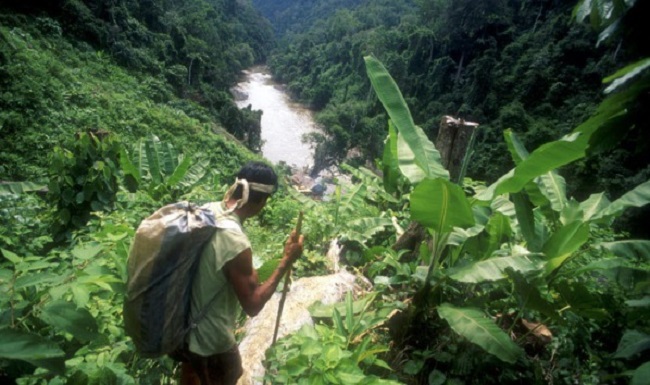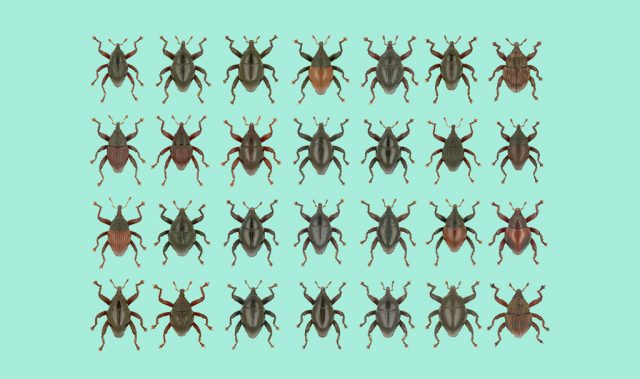
AsianScientist (Sep. 2, 2016) – In a study that looked at mammal diversity across different small-scale landscapes in Borneo, scientists have identified previously logged forests as an overlooked source of refuge for mammals that should be better protected.
The research, carried out by researchers at Imperial College London, UK and published in Ecological Applications, revealed that large areas of ‘degraded’ forest in Southeast Asia can play an important role in conserving mammal diversity. These ‘selectively logged’ forests, where only certain tree species are removed, are often considered to be degraded and are frequently cleared to make way for plantations.
The team recorded mammals using trap-and-release techniques and motion-sensing cameras over three years, creating an unprecedented 20,000 records of species in three land-use types: old-growth forest, logged forest and oil palm plantation.
To their surprise, they found that mammal diversity for large mammals, like the clouded leopard and civets, was similar for both old-growth forests and logged forests. For small mammals, such as squirrels and rodents, the diversity was actually higher in logged forests. Both large and small mammals, however, suffered heavy losses of diversity in oil palm plantations, and likely spilled over from adjoining forests or riparian zones, which are strips of forests surrounding rivers to reduce the chance of flooding.
Lead researcher Dr. Oliver Wearn, who carried out the research for his PhD project, said that the surprise result that mammal diversity remains high in logged forests may be because of the way habitats are distributed.
“The logging process creates a greater variation in habitat types in a smaller area, from untouched areas on steep slopes to completely denuded areas of open grassland. Old-growth forests would likely have the same diversity if we looked at them on a much larger scale,” he said.
Wearn also said that while a greater diversity is recorded now in these logged forests, it cannot yet be certain that this diversity will remain in the future as the knock-on effects of habitat loss take effect on mammals and other rainforest species.
The article can be found at: Wearn et al. (2016) Grain-dependent Responses of Mammalian Diversity to Land Use and the Implications for Conservation Set-aside.
———
Source: Imperial College London.
Disclaimer: This article does not necessarily reflect the views of AsianScientist or its staff.











